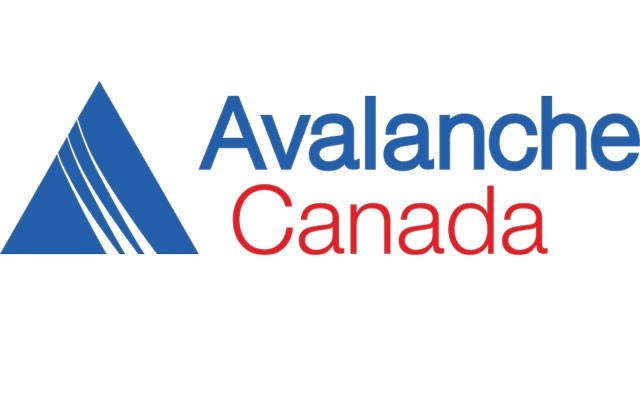Snow-starved skiers and snowboarders, desperate for some long-awaited turns are being asked to practice patience and be extra cautious in the early season.
"This is certainly a time where I think if you don't have a lot of training or personal experience, it's probably a time to be quite cautious," said Karl Klassen, public avalanche warning service manager with Avalanche Canada, of heading out of bounds into the backcountry.
"People just need to be a bit patient. And I understand everybody's excited because we had a pretty non-descript winter last winter, and everybody's trying to get at it right now because they missed out last winter. But it would be tragedy if somebody chose a piece of terrain that's just too aggressive for the conditions right now.
"You stop thinking about how to stay safe and you think about how to get the next line before the rain comes, and before the wind blows on it or before the next guy gets it before you do.
"Those are very common decision-making factors that colour your decision-making."
While the snowpack can settle and bond relatively quickly, one of the issues hampering Avalanche Canada's forecasting is the lack of data right now; there isn't a lot of firsthand information and, based on the weather patterns, the snowpack is becoming more complex with the onslaught of recent storms.
Given that, the decision-making should be relatively simple, said Klassen, who has been working in the field for 36 years: "You really need to be quite wary of the conditions in most places in the province right now. It's an immature, unsettled, poorly bonded snowpack.
"It's changing rapidly with the weather systems that are coming through and we're just urging people to not shortcut any safety precautions, don't shortcut your planning process and don't expect things to behave the same way now that they might in mid-winter or even as a late-winter snowpack under the same conditions."
The importance of the warnings is underscored at the new avalanche exhibit at the Revelstoke Museum & Archives, in an area that sees up to 2,000 avalanches each year.
Called "The Land of the Thundering Snow," the exhibit grew out of a project from five years ago commemorating the Rogers Pass snowslide on March 4, 1910, where 58 men died clearing the railway of snow. It is believed to be Canada's deadliest avalanche.
"It really made us aware that there was more that we could do in terms of showcasing the history of avalanche events and also avalanche research and snow safety," said Cathy English, curator of the Revelstoke museum.
The new exhibit is also online with the Virtual Museum of Canada at landofthunderingsnow.ca.
In addition to understanding the sheer scope of avalanche activity across the country, English said the exhibit also highlights how avalanche activity has changed.
"You can see in the early days, up until the '50s or '60s, almost all of the incidents were related to travel or industry... and in more recent (times), the vast majority of incidents are related to recreation," she said.
Local patroller Wayne Flann, who details avalanches on his blog wayneflannavalancheblog.com, thinks the museum is a great venue, which will help bring more attention to Avalanche Canada.
"When they went through Rogers Pass (with the railway line), there were many significant avalanches," he said. "It must have been a very scary feeling to go to work knowing that an avalanche could come down on top of you with no safety gear and little chance of survival. Avalanche mitigation has come a long way. It's great to see a venue where the history of the avalanche business in Canada is showcased."




